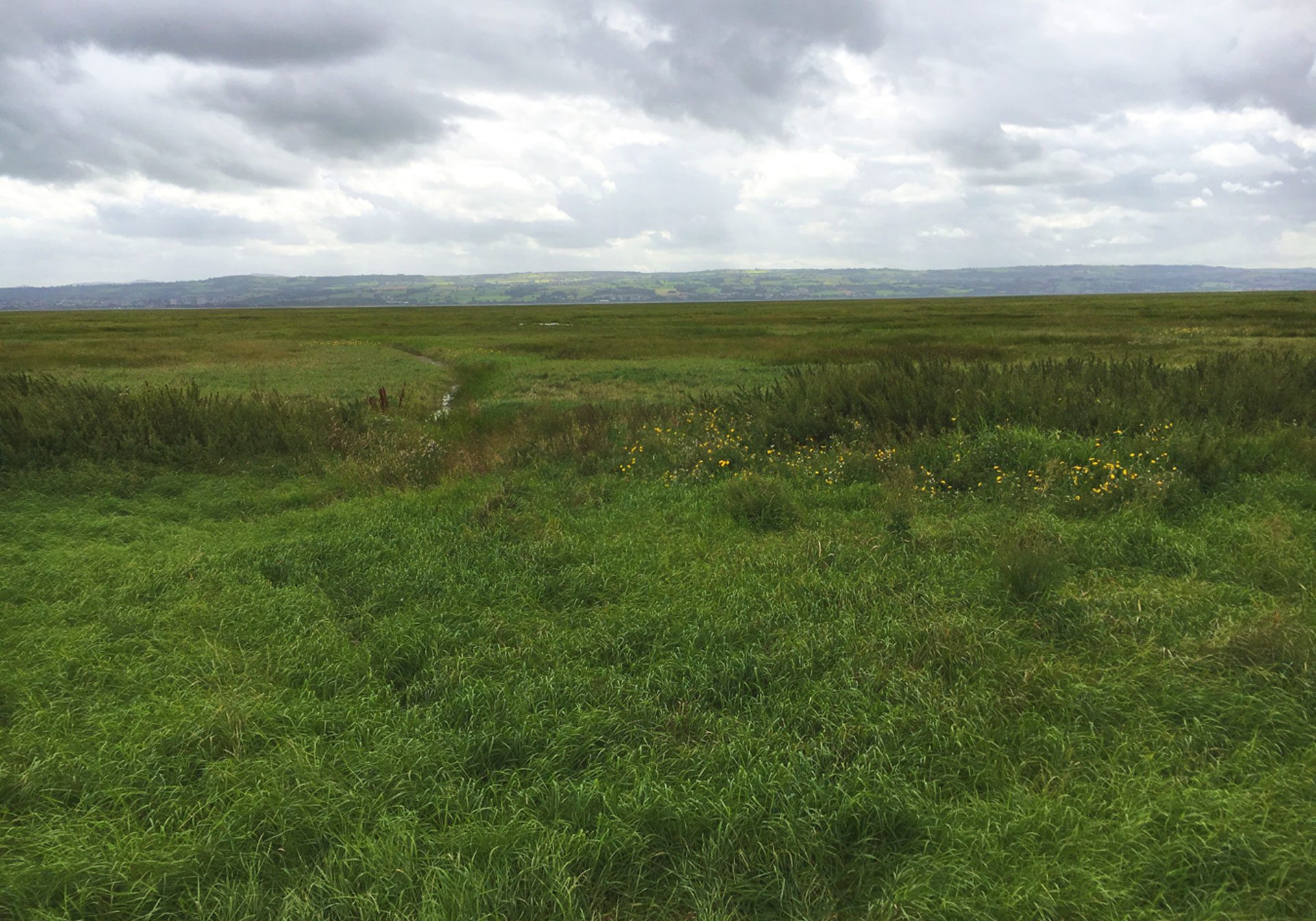NOT LIKE PARKGATE…
You may have questions about what a dune system at Hoylake would look like. Well, not like Parkgate!
Figure 5: Just as along the banks of many inland rivers, and around the edges of lakes, canals and ponds, the vegetation at Parkgate is dominated by reeds and rushes, most notably Common Reed and Sea Club-rush.
Among many factors, water salinity and soil pH levels determine which grasses will thrive in a particular environment. These reeds and rushes would not thrive in a coastal environment such as Hoylake, where there is much more variable salinity between Neap and above Spring high tide lines, as well as being exposed to much higher wind and wave action than Parkgate.
Like other dune grasses, Puccinellia maritima – the dominant species at Hoylake in 2019 – is more wind and saline tolerant than reeds and rushes, and a saltmarsh and embryo dune environment is entirely different to the swampy, brackish water environment of Parkgate.
As for the problem of rats; a little sobering perspective is needed. A 2018 Freedom of Information request to Wirral Council revealed the top forty locations in Wirral for reports of rats to environmental services. The area from Parkgate to Heswall ranked 30th. Hoylake ranked 22nd. Top of the list? West Kirby. So next time someone says “It will go like Parkgate, with rats and mosquitoes”, you know what to say. Sometimes rumours are not all they seem...
This landscape and process is strikingly similar to the new dune system forming at Birkdale since 2016 and, even closer to home, the Red Rocks dune system which is managed by Cheshire Wildlife Trust and has developed and expanded seaward over recent decades.
Dunes, saltmarsh and slacks are also known for their rich biodiversity, and the North Wirral Foreshore could be providing a habitat for a range of rare or endangered species of fauna and flora which would once have been abundant.
Figure 6: Initial stages of dune and saltmarsh development can be identified as clumps of Common Saltmarsh Grass (Puccinellia maritima) develop “hummocks”, where wind blown sand accretes around the grass.
At Red Rocks, the dune and slack system supports flora and fauna that are recognised as of national importance and designated as a Site of Special Scientific Interest (SSSI). The flora includes specialised plants that can survive in dry sandy conditions or grow in the damp slacks: sea holly, orchids and the extremely rare Mackay’s horsetail are just a few of the more than fifty plant species to make their home at Red Rocks. And of course, it is home to the very rare Natterjack toads known for their characteristic chorus in the breeding season.
If you live in Hoylake, you’ll have seen the spectacle of windblown sand when high winds carry huge volumes of sand onto the beach; opposite is a short clip taken in 2020. This will happen numerous times between Spring tides during the Spring, Summer and Autumn months each year during dry spells and when Westerly winds blow (generally over 15 knots). This NEVER happens at Parkgate.

